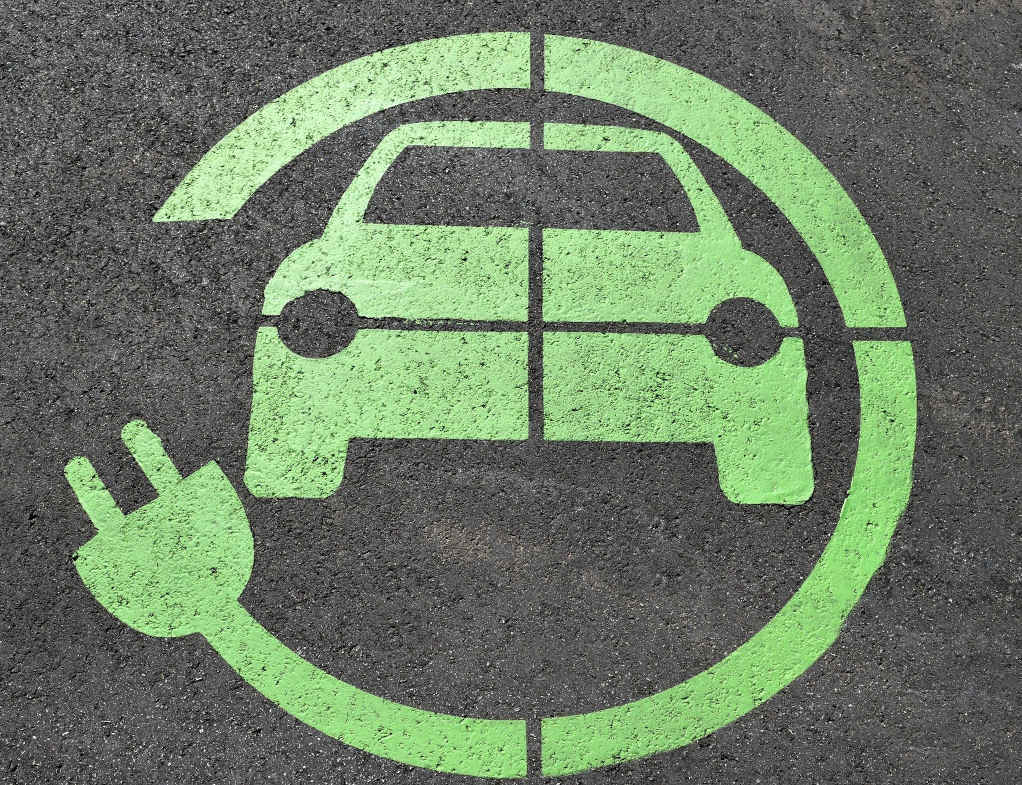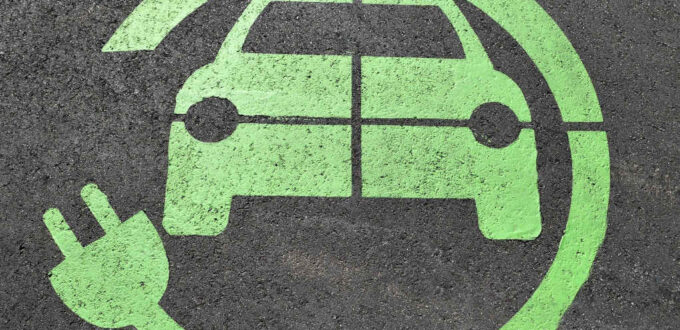
Sales of electric vehicles (EVs) in Australia have reached a milestone – for the first time, more than 50,000 in the first six months of a calendar year. EVs accounted for about one in 12 cars sold, according to DRIVE.com.
But, you might not know that there are seven key challenges to manage when you’re looking to insure your EV.
- Finding charging infrastructure
Unlike traditional vehicles that can be refuelled almost anywhere, EVs need specific charging stations, which are common, especially in regional areas. This leads to ‘range anxiety’ – fearing your EV will run out of power. You could be stranded needing a tow, or worse, your car could be a traffic hazard, broken down on a road.
Good to know that there will be multiple warnings and alerts as the battery runs low; but the EV will go into low-power mode to limit power and acceleration. However, EV charging infrastructure in Australia is yet to be fully standardised, but there’s a national collaboration to get this sorted.
As a result, insurance premiums may reflect this added risk, particularly if you often drive in less developed regions where charging points are scarce.
- Model-Specific Factors
Each EV model may have unique features and vulnerabilities that can impact insurance rates. For example, some EVs come with advanced driver assistance systems (ADAS) that helps minimise the likelihood of accidents, potentially lowering premiums.
On the flip side, if these systems are damaged, the repair bill can be hefty, which insurers need to consider. So, ensure you understand the specific features of your EV when you ruminate on your insurance needs.
- Market Value
Accurately determining your EV’s market value is another important aspect of insurance coverage. An EV’s value can fluctuate more than traditional vehicles. This is partly because of newer models featuring fast-paced advancements in technology. Some policies may pay the replacement value for newer vehicles.
This ‘tech churn’ can make it tricky to estimate an accurate replacement cost, which is critical for having confidence of being adequately covered in the event of a total loss.
Regularly updating your policy to reflect the current market value of your EV is a good move.
- Impact of the EV market’s immaturity
An insurance industry expert sheds light on how the relative immaturity of the EV market affects insurance pricing. He argues that the variability in risk profiles for different EV makes and models can mean substantially differing insurance costs.
Typically, insurance premiums for EVs are about 20% higher than for traditional vehicles. To arrive at their premium, insurers look at battery replacement costs, and specialised repair needs, the availability of the repair network, your usage patterns and mileage, among other things.
Fleet managers and insurance must be across these variations to offer the most up-to-date, accurate and cost-effective coverage options. The expert says that as the market matures, insurance products should become more customised to EV owners’ specific needs.
- Case in Focus: Charging Port Placement
Where your EV’s charging ports are placed can affect your insurance.
For instance, the MG ZS, Renault Zoe, Honda e, and Nissan LEAF, have charging ports at the front of the vehicle. Therefore, if there’s a front-end collision, the charging port is a risk of damage, meaning higher repair costs and, it follows, increased insurance premiums.
Front charging ports could freeze shut in ice or snowstorms, too, according to the electric vehicles subreddit. Consider as well, that most chargers are positioned at the side of parking space, so if the cable isn’t long enough, you may have trouble recharging.
- Market Availability and the Regulatory Environment
The availability of EVs in Australia plays into their adoption and, consequently, the insurance offerings. BYD, for example, expects to open more retail stores, which could reduce costs and make EV ownership more accessible.
But what’s hampering the market is the need for a New Vehicle Efficiency Standard, also known as a fuel efficiency standard. The Electric Vehicle Council says this will help boost the supply and variety of EVs, stabilise the market and possibly shrink insurance costs.
- Finding the right insurance cover
No doubt you’ll do (or have done) a lot of research to buy your EV, but just as important is securing appropriate insurance coverage.
Austbrokers Terrace have specialists who can assist you once you have purchsed your new vehicle.











